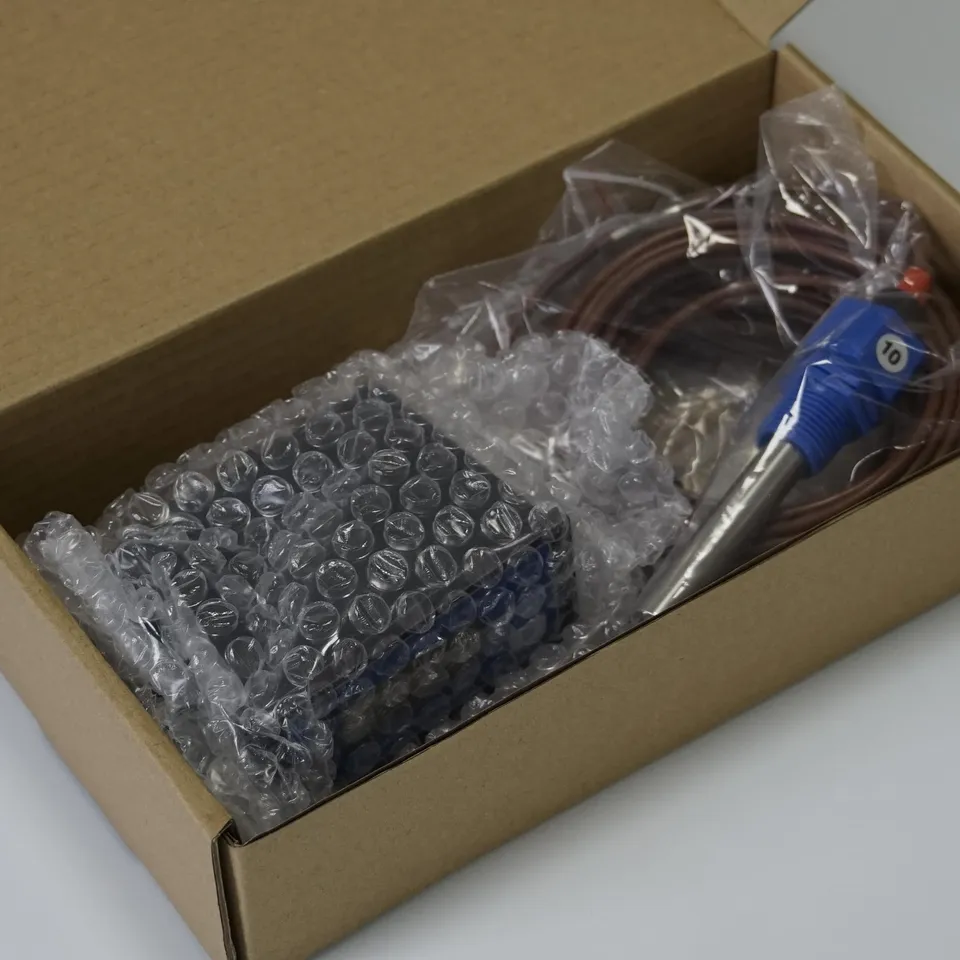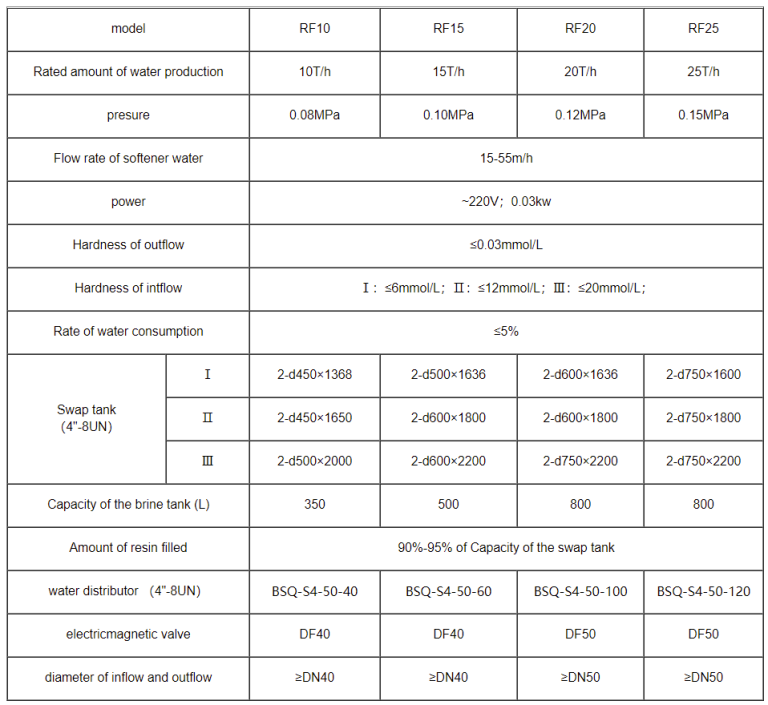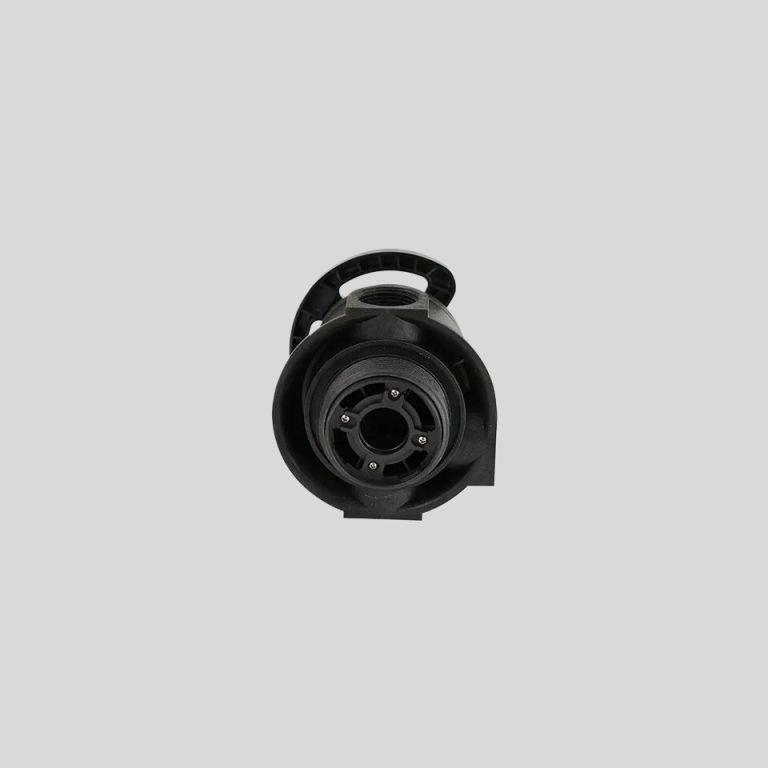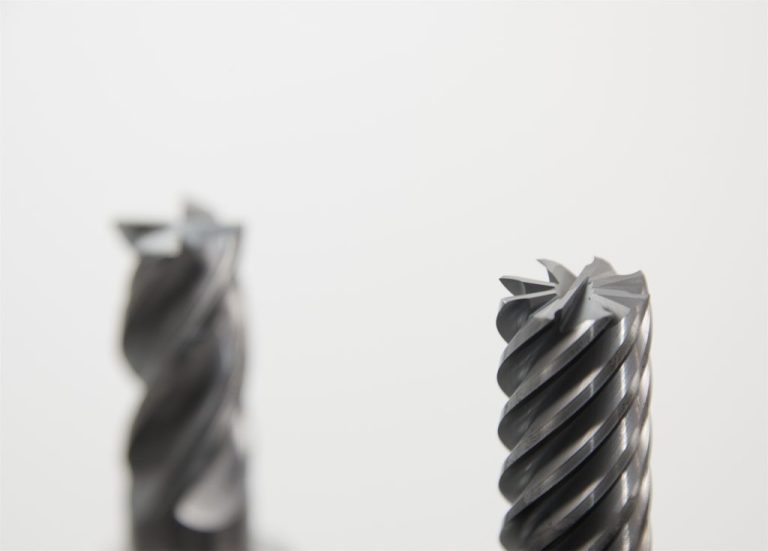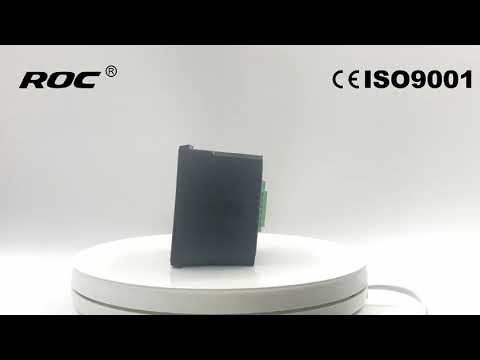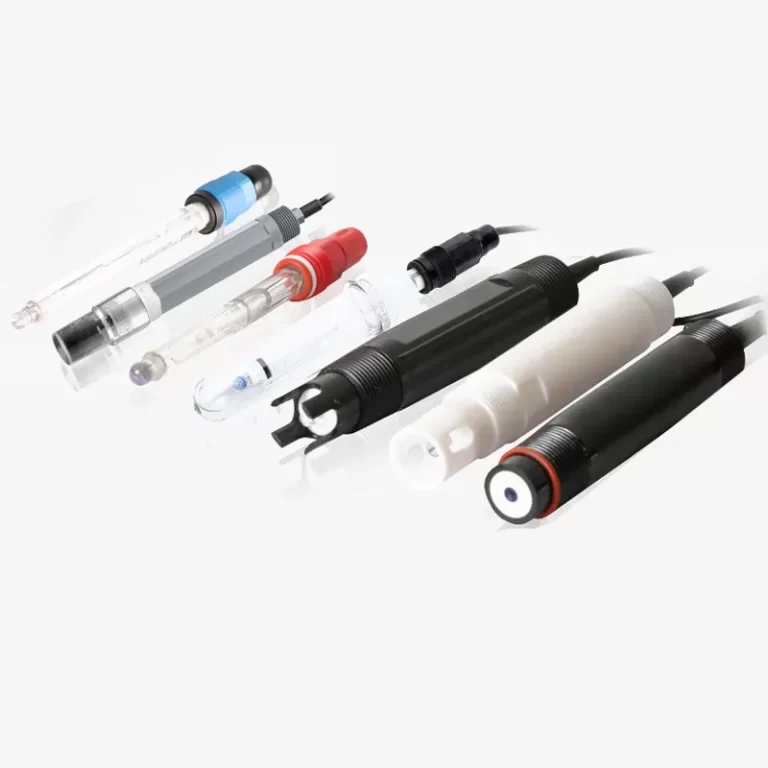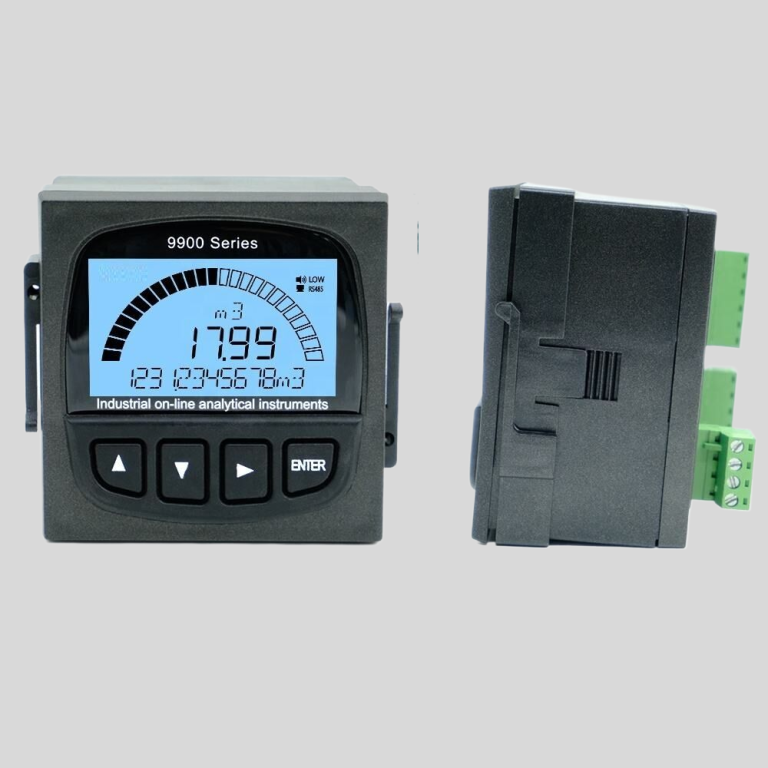Advantages of Using Flow Sensor Nano in Industrial Applications
Flow sensors are crucial components in various industrial applications, providing accurate measurements of fluid flow rates. The development of flow sensor nano technology has revolutionized the way flow measurements are taken in industrial settings. These miniature sensors offer numerous advantages over traditional flow sensors, making them an attractive option for many industries.
| ROS-360 Water Treatment RO Programmer Controller | ||
| Model | ROS-360 Single Stage | ROS-360 Double Stage |
| Measuring range | Source water0~2000uS/cm | Source water0~2000uS/cm |
| First level effluent 0~1000uS/cm | First level effluent 0~1000uS/cm | |
| secondary effluent 0~100uS/cm | secondary effluent 0~100uS/cm | |
| Pressure sensor(optional) | Membrane pre/post pressure | Primary/ secondary membrane front/rear pressure |
| Flow Sensor(optional) | 2 channels (Inlet/outlet flow rate) | 3 channels (source water, primary flow,secondary flow) |
| IO input | 1.Raw water low pressure | 1.Raw water low pressure |
| 2.Primary booster pump inlet low pressure | 2.Primary booster pump inlet low pressure | |
| 3.Primary booster pump outlet high pressure | 3.Primary booster pump outlet high pressure | |
| 4.High liquid level of Level 1 tank | 4.High liquid level of Level 1 tank | |
| 5.Low liquid level of Level 1 tank | 5.Low liquid level of Level 1 tank | |
| 6.Preprocessing signal | 6.2nd booster pump outlet high pressure | |
| 7.High liquid level of Level 2 tank | ||
| 8.Preprocessing signal | ||
| Relay output (passive) | 1.Water inlet valve | 1.Water inlet valve |
| 2.Source water pump | 2.Source water pump | |
| 3.Booster pump | 3.Primary booster pump | |
| 4.Flush valve | 4.Primary flush valve | |
| 5.Water over standard discharge valve | 5.Primary water over standard discharge valve | |
| 6.Alarm output node | 6.Secondary booster pump | |
| 7.Manual standby pump | 7.Secondary flush valve | |
| 8.Secondary water over standard discharge valve | ||
| 9.Alarm output node | ||
| 10.Manual standby pump | ||
| The main function | 1.Correction of electrode constant | 1.Correction of electrode constant |
| 2.TDS alarm setting | 2.TDS alarm setting | |
| 3.All working mode time can be set | 3.All working mode time can be set | |
| 4.High and low pressure flushing mode setting | 4.High and low pressure flushing mode setting | |
| 5.Manual/automatic can be chosen when boot up | 5.Manual/automatic can be chosen when boot up | |
| 6.Manual debugging mode | 6.Manual debugging mode | |
| 7.Spare parts time management | 7.Spare parts time management | |
| Expansion interface | 1.Reserved relay output | 1.Reserved relay output |
| 2.RS485 communication | 2.RS485 communication | |
| Power supply | DC24V±10% | DC24V±10% |
| Relative humidity | ≦85% | ≤85% |
| Environment temperature | 0~50℃ | 0~50℃ |
| Touch screen size | Touch screen size: 7 inches 203*149*48mm (Hx Wx D) | Touch screen size: 7 inches 203*149*48mm (Hx Wx D) |
| Hole Size | 190x136mm(HxW) | 190x136mm(HxW) |
| Installation | Embedded | Embedded |
One of the key advantages of using flow sensor nano technology is their small size. These sensors are incredibly compact, allowing for easy integration into existing systems without taking up much space. This is particularly beneficial in industries where space is limited, such as in the automotive or aerospace sectors. The small size of flow sensor nano technology also makes them ideal for use in portable devices or wearable technology, where size and weight are critical factors.
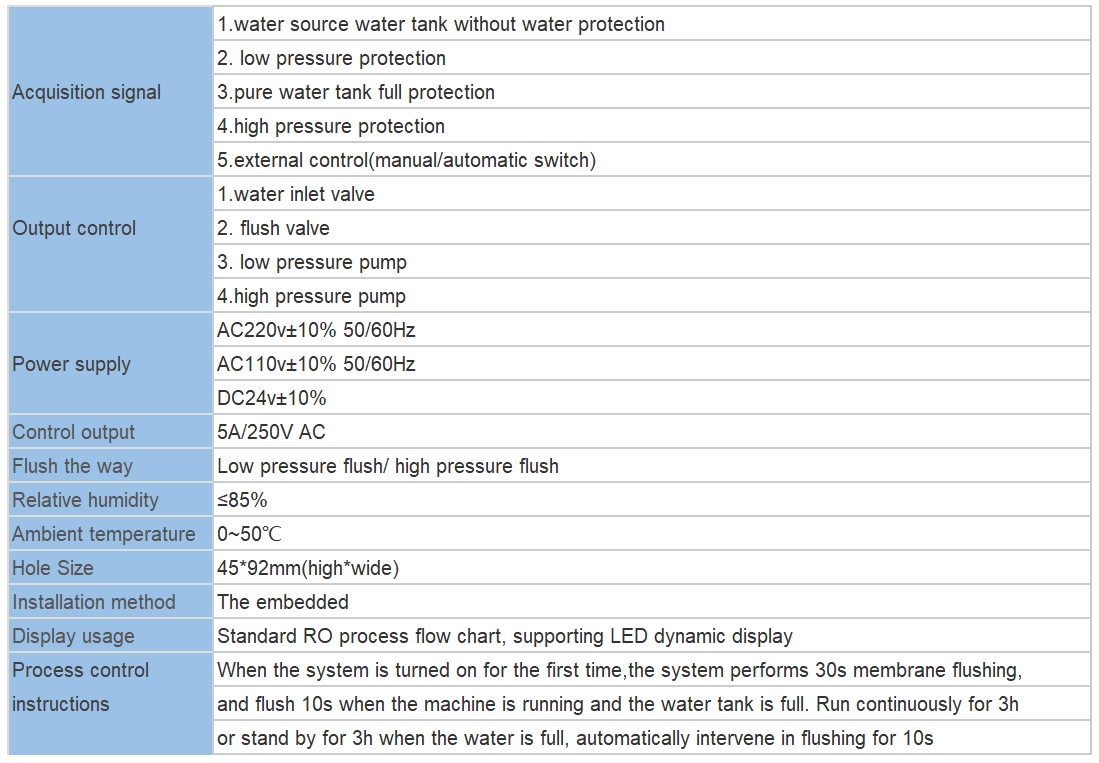
Despite their small size, flow sensor nano technology offers high levels of accuracy and precision in flow measurements. These sensors are capable of detecting even the smallest changes in flow rates, making them ideal for applications where precise measurements are essential. This level of accuracy is crucial in industries such as pharmaceuticals, where even minor deviations in flow rates can have significant implications.
Another advantage of flow sensor nano technology is their low power consumption. These sensors are designed to operate efficiently, consuming minimal power while still providing accurate measurements. This is particularly important in industries where energy efficiency is a priority, as it helps to reduce overall operating costs and environmental impact.
| Model | pH/ORP-810 pH/orp meter |
| Range | 0-14 pH; -2000 – +2000mV |
| Accuracy | ±0.1pH; ±2mV |
| Temp. Comp. | Automatic temperature compensation |
| Oper. Temp. | Normal 0~50℃; High temp 0~100℃ |
| Sensor | pH double/triple sensor; ORP sensor |
| Display | LCD Screen |
| Communication | 4-20mA output/RS485 |
| Output | High/Low limit dual relay control |
| Power | AC 220V±10% 50/60Hz or AC 110V±10% 50/60Hz or DC24V/0.5A |
| Working Environment | Ambient temperature:0~50℃ |
| Relative humidity≤85% | |
| Dimensions | 96×96×100mm(H×W×L) |
| Hole Size | 92×92mm(H×W) |
| Installation Mode | Embedded |
Flow sensor nano technology also offers improved reliability and durability compared to traditional flow sensors. These sensors are often made from robust materials that can withstand harsh operating conditions, such as high temperatures or corrosive environments. This makes them suitable for use in a wide range of industrial applications, where reliability is crucial for maintaining smooth operations.
In addition to their small size, accuracy, low power consumption, and durability, flow sensor nano technology also offers fast response times. These sensors are capable of providing real-time data on flow rates, allowing for quick adjustments to be made to systems in response to changing conditions. This rapid response time is essential in industries where quick decision-making is required to optimize processes and ensure efficiency.
Overall, the advantages of using flow sensor nano technology in industrial applications are clear. These miniature sensors offer a combination of small size, high accuracy, low power consumption, durability, and fast response times, making them an attractive option for a wide range of industries. As technology continues to advance, flow sensor nano technology is likely to play an increasingly important role in optimizing industrial processes and improving overall efficiency.
